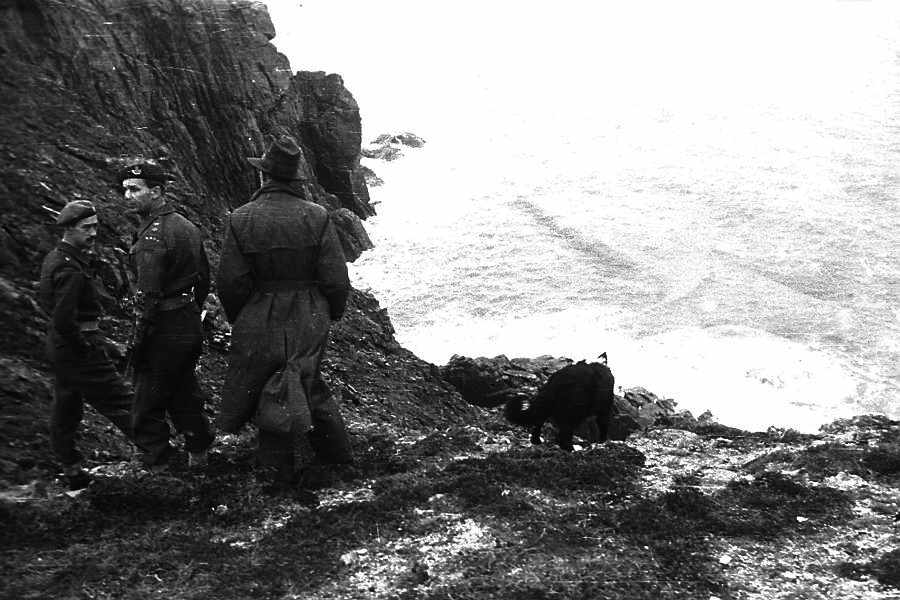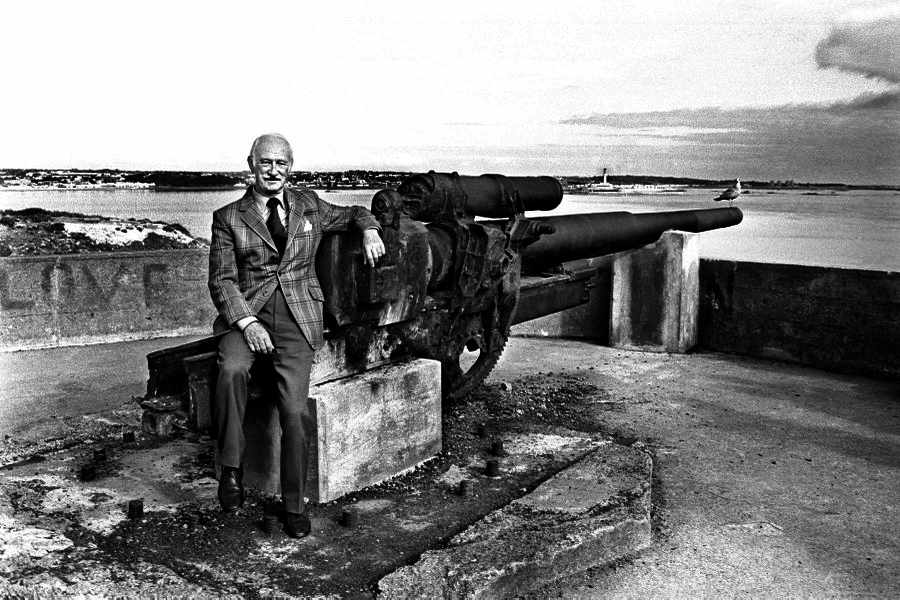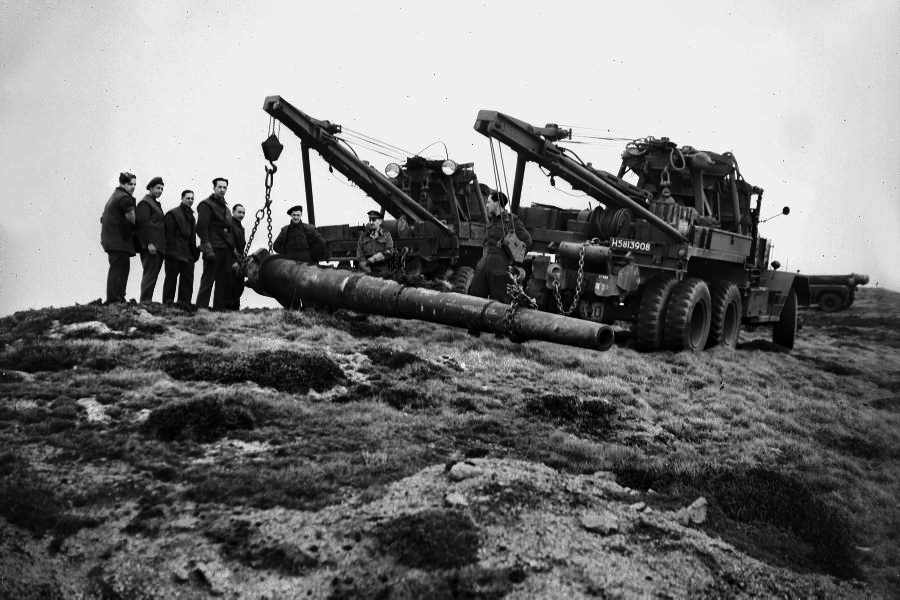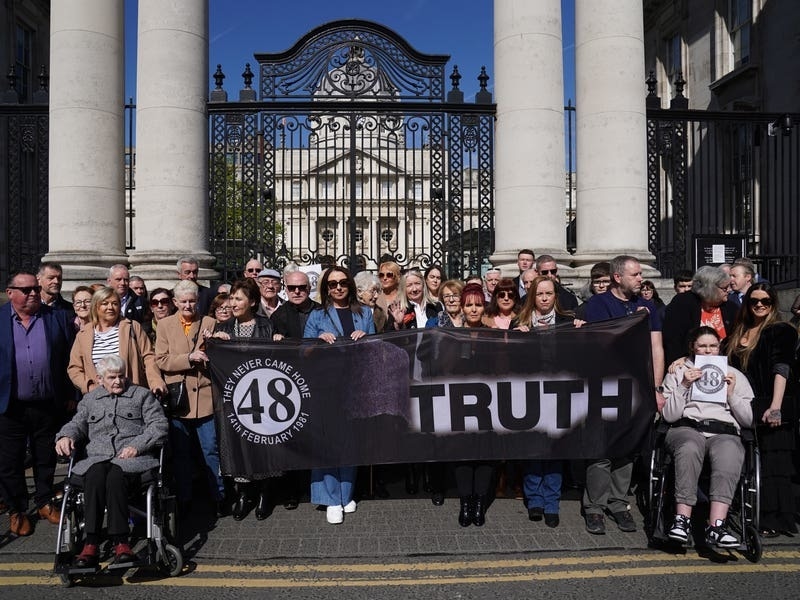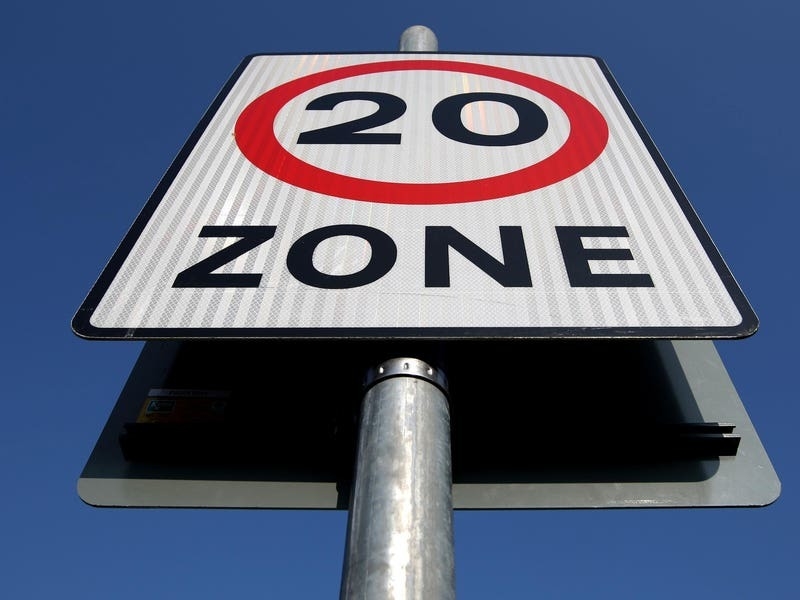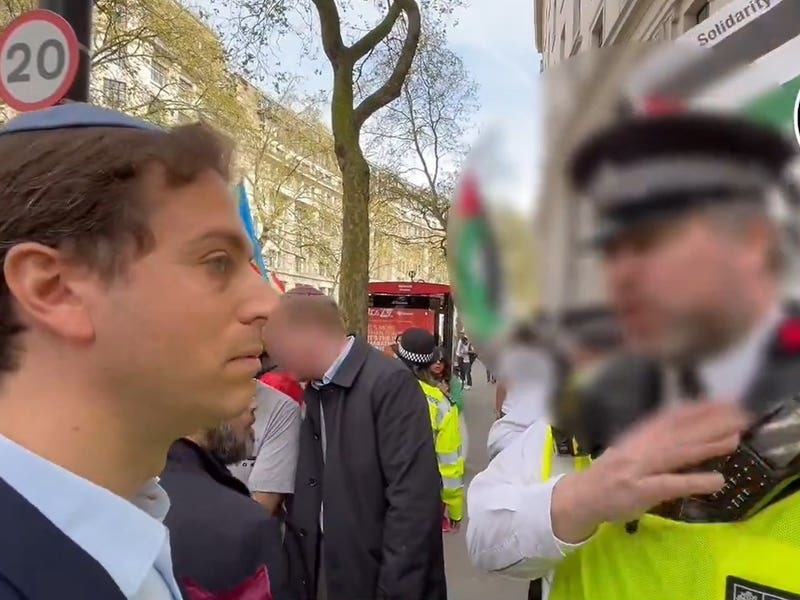- After Jersey was liberated from German Occupation in 1945, some of the artillery that had become an all-too-familiar sight was pushed over cliffs at Les Landes.
- See some of our archive pictures below.
AFTER the Channel Islands were liberated on 9 May 1945, everybody, quite understandably, wanted to get back to living a normal happy life without the constant reminder of the past five years. The States of Jersey stated: ‘We want this Island cleansed of the taint of German Occupation.’
Major F H M Sargent of the Royal Army Ordnance Corps was given the job of conducting this massive undertaking. It was a far from easy task.
In Jersey alone more than 60,000 deadly mines were laid and there were 30,000 tons of ammunition and many artillery batteries around the Island. The minefields were the most pressing problem. Fortunately, the German engineers had kept maps of where they had been laid, despite an order that they were to be destroyed.
Batterie Moltke: Four 15.5cm K 418 (f) French field guns.
Batterie Ludendorff: Three 21cm Morser 18 medium howitzers.
Batterie Hindenburg: Three 21cm Morser 18 medium howitzers.
Batterie Roon: Four 22cm K532 (f) Heavy French field guns.
Batterie Lothringen: Four 15cm Skl/45 Ship guns.
Batterie Mackensen: Three 21cm Morser 18 medium howitzers.
Batterie Schiefflen: Four 15cm K18 German field guns.
Batterie Haesler: Four 15cm K18 German field guns.
29 pieces in total – seven of which have been recovered for exhibition in Jersey and Guernsey.
All of Jersey’s most lethal hardware was destined for the Hurd Deep, off Alderney. All the ammunition and 750 machine guns, 10,000 rifles and 1,000 pistols and most of the lighter artillery were loaded onto tank-landing craft and disposed of in this way, although 118 anti-aircraft guns, along with a number of field kitchens and 11 self-propelled anti-tank guns, were packed into HO1, one of the tunnels in St Peter’s Valley. These were cleared out in 1953, when there was a heavy demand for scrap metal.
The problem remained of what to do with the heavy guns around the Island. The pressing desire was to ‘cleanse’ the Island. Some were quite easy to remove from their sites because they were actually field guns which had wheeled carriages attached, so could be towed away. Others, as at Batterie Lothringen, were less easy, because they were naval guns, were fixed and were mounted on elevated platforms at Noirmont Point.
The time came in February 1946, when the expedient answer was to just throw them off the cliffs at Les Landes in St Ouen. This would not be considered to be an appropriate solution today, but we have to remember the feeling of the population after spending five long years of Occupation under Nazi rule.
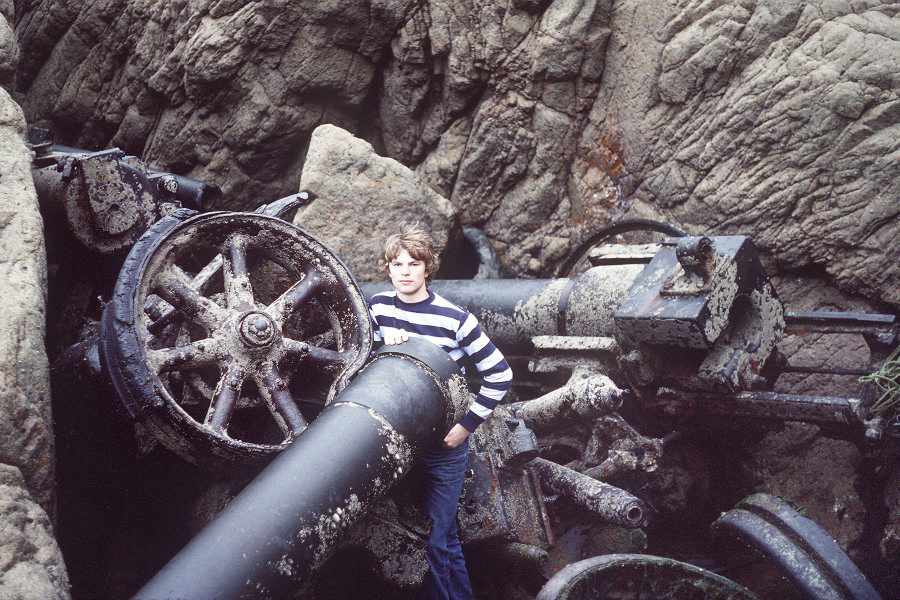
The JEP archive contains some photographs which show that already in March 1946 scrap merchants were starting to strip the German fortifications of their bunker doors and fittings, barely a few weeks after all the guns were pushed over the cliffs. Which begs the question: why did Major Sargent dispose of the heavy guns in this manner when they could have fetched a lot of money for scrap?
One theory is that this was to be symbolic of an end to the war, to cleanse the Island of the taint of German occupation. But there were eight French guns, too, which were taken in June 1940. Surely they should have been returned to the French instead of being thrown over the cliffs?
Twenty-nine pieces of Jersey’s heavy artillery were disposed of in this manner, of which seven have been recovered for exhibition in Jersey and Guernsey. The remainder rest at the foot of the cliffs.

